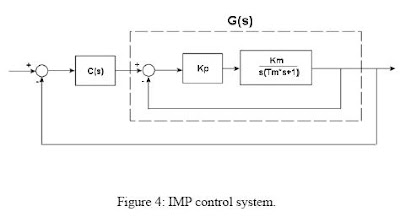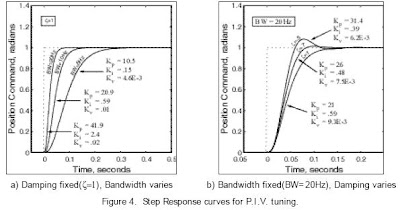On/off control ( thermostat )
Occasionally known as two-step control, this is the
most basic control mode.
At point A (59°C, Figure ) the thermostat switches on, directing
the valve wide open. It takes time for the transfer of heat from the coil
to affect the water temperature, as shown by the graph of the water temperature in Figure At point B (61°C) the thermostat switches
off and allows the valve to shut. However the coil is still full of steam,
which continues to condense and give up its heat. Hence the water
temperature continues to rise above the upper switching temperature,
and 'overshoots' at C, before eventually falling. From this point onwards, the water temperature in the tank continues
From this point onwards, the water temperature in the tank continues
to fall until, at point D (59°C), the thermostat tells the valve to open.
Steam is admitted through the coil but again, it takes time to have an
effect and the water temperature continues to fall for a while, reaching
its trough of undershoot at point E.
The difference between the peak and the trough is known as the
operating differential. The switching differential of the thermostat
depends on the type of thermostat used. The operating differential
depends on the characteristics of the application such as the tank,
its contents, the heat transfer characteristics of the coil, the rate at
which heat is transferred to the thermostat, and so on.
Essentially, with on/off control, there are upper and lower switching
limits, and the valve is either fully open or fully closed - there is no intermediate state.However, controllers are available that provide
a proportioning time
control, in which it is possible to alter the ratio of the 'on' time to the
'off' time to control the controlled condition. This proportioning action
occurs within a selected bandwidth around the set point; the set
point being the bandwidth mid point.
More
ON/OFF or two-position control
In many control applications it is satisfactory for the controller to
operate at either of two levels rather than over a continuous range.
In many applications the two levels are simple ON/OFF, e.g. valve
open or closed. However, the two levels may not be ON/OFF 
The major disadvantage with this type of control is that the controller
output bears no relationship to the error signal, i.e. the output is
ON/OFF or level 1 or level 2 no matter how high the error. The control
is either non or too much. In addition depending upon the sensitivity
of the system the controller may well cycle at high frequency, e.g. the
boiler being switched ON/OFF very rapidly as the temperature falls
and rises. To prevent this many controllers have ‘backlash’ built in or
have two limits provided. For example a room thermostat may be set
to 700F and due to backlash it will switch on a 680F and off at 720F.
This prevents the boiler being switched ON/OFF very rapidly if the
deviation around the set point was small. In addition theoretical analysis
of such a control system is difficult, i.e. the control action is
discontinuous, and is often treated as two linear problems (i) with the
system ON (ii) with the system OFF.
more
Bang bang control
How much should the software increase or decrease the drive signal?
One option is to just set the drive signal to its minimum value when you
want the plant to decrease its activity and to its maximum value when
you want the plant to increase its activity. This strategy is called on-off
control, and it is how many thermostats work. On-off control doesn't work well in all systems. If the thermostat waits
until the desired temperature is achieved to turn off the heater,
the temperature may overshoot. See Figure. The same amount of
overshoot and ripple probably isn't acceptable in an elevator.
more













































